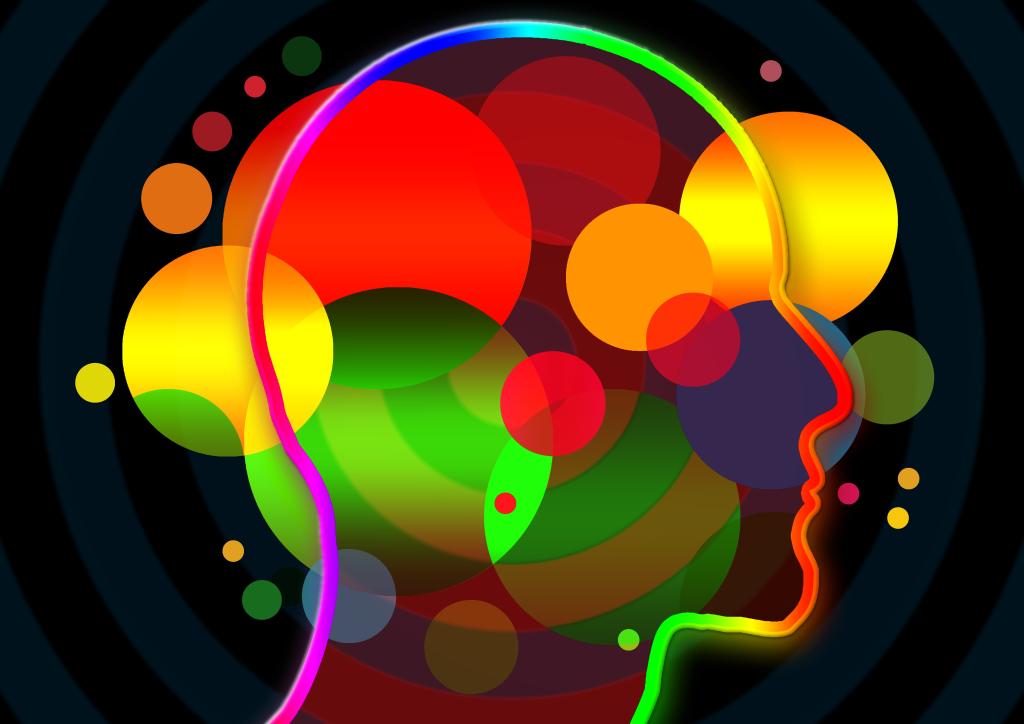Recently, two langur monkeys in India killed over 250 puppies. Locals said the monkeys captured the puppies then whisked them up to rooftops or high tree branches. Then the monkeys either threw the puppies to the ground or left them to starve to death.
Motivation? Supposedly, the langurs were killing to avenge the death of one of their own infants rumored to be killed by dogs.
Tragic? Yes. But to put this in perspective, we’re related to monkeys. However, for unknown reasons we’re capable of committing far greater dastardly deeds. The evidence of just how malicious, vicious and diabolical we are need not be elaborated upon. We’ve got thousands of years of recorded history to prove it.
The recent sequencing of the gorilla, chimpanzee and bonobo genomes confirms . . . how we are connected: chimps and bonobos in particular take pride of place as our nearest living relatives, sharing approximately 99 percent of our DNA, with gorillas trailing at 98 percent. Yet that tiny portion of unshared DNA makes a world of difference. . . .
Which makes you wonder . . . what went wrong with us? What the hell is in that 1-2% of our DNA that makes us capable of committing far more atrocities than our furry cousins?
More puzzling, we share more DNA with chimps than we do with the Denisovans, a branch of early humans closely related to Neanderthals. So, if langurs evolved from more primal apes, and we’ve recently evolved from a species of early humans . . . why are humans more prone to violence?
Could it be that humans are in a state of devolution?
Human nature—WHAT are we?
If the fact that a 1-2% alternation in our DNA from chimps may be partly responsible for our devolution doesn’t concern you, perhaps these stats might.
“Almost 99% of the human body mass consists of six main elements; namely: oxygen, carbon, hydrogen, nitrogen, calcium, and phosphor; 65–90% of each cell in the body is composed of water, as such, oxygen and hydrogen are among the main constituents of the human body.”
“Less than half of the cells in the body are human. The rest belong to microorganisms . . . to our 30 trillion human cells, we have on average about 39 trillion microbial cells. So by that measure, we’re only about 43% human.”
If you’re wondering what those microorganisms are they consist mainly of bacteria, viruses and fungi.

The gist of this is that we’re not as human as we think we are. We’re more like a blob of organic matter playing host to a variety of microscopic beasts, which would appear as aliens from another planet were they 100 times larger.
But this may not be as frightening as what happens to our bodies once the bacteria builds civilizations within us, the parasites suck our cells dry, or the viruses kill us. Because at the end of the day, if we were to say, get lost in the desert, both us and our alien parasites would evaporate into a tiny pile of mineral dust.
So much for feeling like a spiritual being
From a biblical perspective what I’ve been describing above is a false narrative. Indeed, as far as the followers of the Abrahamic religions are concerned, most of what I’ve said is unbelievable. Especially the notion that we’re only 43% human and the rest of us is made up of microscopic aliens. That’s repugnant!
Biblically speaking, humans were created roughly 6000-10,000 years ago as perfect giants in a perfect world. They also lived upwards to 969 years like the patriarch Methuselah. But unfortunately, way back in the Garden of Eden, the first female variety of our created species sinned by eating an apple.
(Biblical tradition holds she is still the weaker and dumber of the sexes. I happen to believe guys usually have bigger biceps, but gals usually have more common sense.)
Anyways—and this is where Christianity turns into a theological quagmire—God punished our first parents, cursed the earth, and set Lucifer free, thus unleashing evil into the world. As the spiritual theory goes, mankind as well as planet earth have been in a progressive state of decline ever since. Let’s blame it on a devil!
Which is pretty pessimistic when you think about it.
Now, the degree to which believers can merge these theological traditions with evolution and other scientific data can’t be speculated. This is an individual choice on the part of believers because it all comes down to the level of mental gymnastics they are comfortable with practicing.
At one end of the spectrum are the fundamentalists, who posit that every word in the Bible is inerrant and must be followed to the T. These individuals are apt to spend a great deal of time in the gym—or the playground of their minds—working on their routines. Which is how to keep believing what they do when all evidence seems to point to the contrary.
At the other end of the spectrum are the believers who vacation in Laodicea and attend one of its local churches. In Laodicea everything—the climate, the waters, and one’s convictions—are lukewarm. Not too warm and not too cold. In Laodicea a believer is free to explore the merits of spiritual growth and skip all the biblical details. Which are those pesky texts they suspect no reasonable person should believe anyway.
Human nature-WHO are we?
Perhaps the question we should be asking is who are we not what we are?
From a scientific standpoint what we are could fit in a gallon sized Ziplock baggie. This is disconcerting. Our physical bodies may condense down to a bag full of minerals and such, but where does the essence of ourselves go after we die? Like our soul, our spirit, our personalities, our consciousness.
Religion may be going through an existential crisis at the moment, but at least it’s been pondering the question above for eons. For as far as religions go, no two are alike nor does any disciple among them believe the same things. Which is to say, they’ve all been barking up the wrong tree, but at least religions are looking for an explanation of who we are rather than just what we are.
We will not solve the mystery of discovering the essence of consciousness today, but I can at least leave you with something to think about.
If we are only 43% human this means that 57% of our body consists of parasites, viruses, fungi, bacteria etc. We may be inclined to discount these living creatures who inhabit our bodies as insignificant, but collectively they could be thinking about how insignificant we are. After all, they outnumber us. The totality of their existence within our material makeup is greater than the totality of our humanity.
We must also consider the possibility that these creatures are conscious, sentient beings. Insomuch that they inhabit our minds and guts they play a huge role in establishing our own sense of self. In some sense our consciousness is merged within their consciousness. The life force that drives our ambitions, and compels us to find a spiritual purpose to our lives, also aligns with their own desires.
Related posts from my Thinkadelics Blog
https://www.patheos.com/blogs/thinkadelics/2020/12/what-do-you-want-out-of-life/
https://www.patheos.com/blogs/thinkadelics/2020/12/the-follies-of-king-solomon-and-his-attitude-towards-the-poor/















